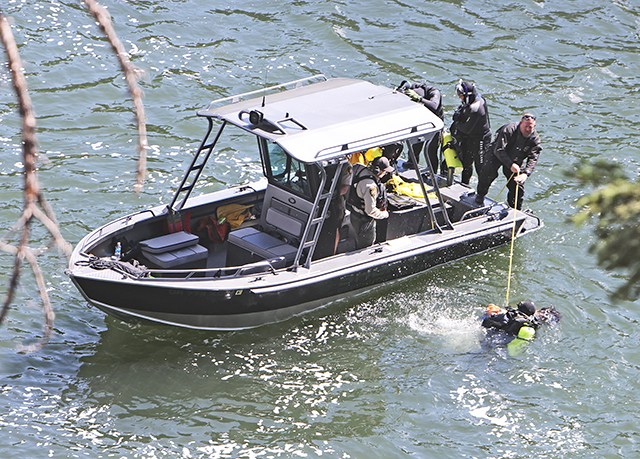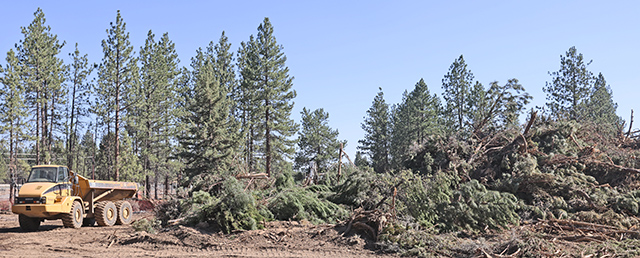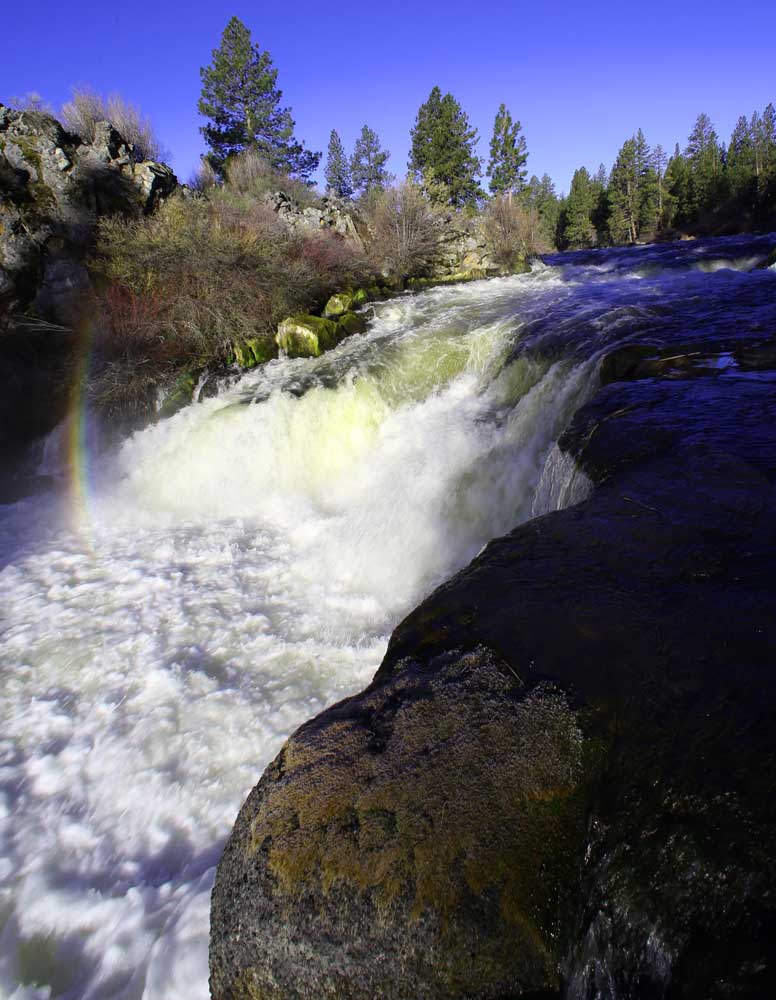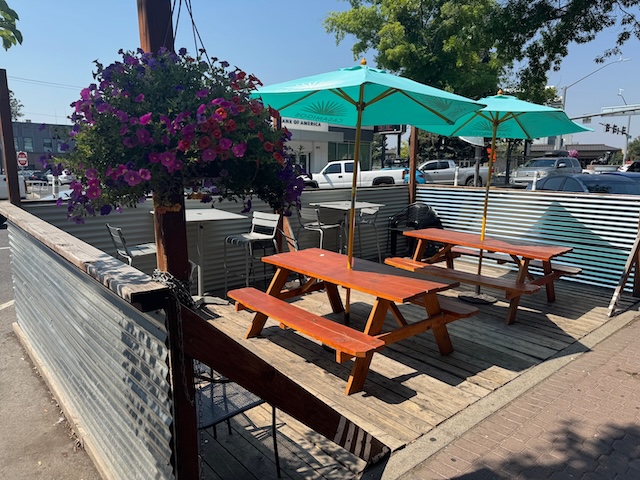Salvaging roadkill for supper
Published 8:46 am Thursday, August 24, 2017
Steve Clark has learned that roadkill can be as delicious as the “fresh” deer and elk he hunts.
The Spokane, Washington, man accounts for two of some 1,600 salvage permits issued in the first 12 months of Washington’s program for picking up deer and elk killed in vehicle collisions.
Trending
“The animals I collected were in good shape and meat was excellent,” he said.
Anyone can participate in the program put into effect July 2016 by the state Fish and Wildlife Commission. Washington is one of about 20 states, including Idaho, that allow the public to put edible meat in their freezers rather than letting it go to waste along a road. Oregon’s salvage program will debut next year.
“The funny thing is that I was going hunting when I saw one of the deer get hit by a vehicle in front of me,” he said. “That vehicle just kept going, which is the case with most roadkill, so I pulled over. The doe was dead and looked to be in good shape so I loaded it up.”
He said he drove to public land off a secluded road and field dressed the deer, checking for internal damage. “The rules say you can’t gut it along a road,” he said.
Rules require the entire carcass, including entrails, to be removed from any road right of way.
“Being a hunter, it was a very strange feeling having an untagged deer in my vehicle, especially a doe,” he said.
Trending
Clark had a $45 deer hunting tag in his pocket, but that wasn’t necessary or even legal to use on a deer killed by a vehicle.
Instead, he drove home, hung the deer in his garage, skinned it and then went to his computer and printed a free salvage permit from the Washington Department of Fish and Wildlife website well within the required 24 hours.
Permits also can be obtained at department regional offices. Smartphone apps are not available for the process.
“I taped the permit on the freezer door until the meat was gone and we were legal,” he said.
Being a hunter is an advantage in salvaging roadkill. Collecting a carcass can be bloody and messy and, in the case of an elk, a big and heavy load.
Roadkill gleaners who don’t have a pickup should have a waterproof tarp to prevent blood and hair from getting into the vehicle.
People who collect roadkill must know how and where to remove the entrails and remove the skin – jobs that must be done as quickly as possible to release the heat from the meat to prevent spoiling.
If the collision isn’t observed, roadkill must be scrutinized for salvage. Bloating, offensive odor and rigor mortis are clues that the meat may not be safe to eat. Trauma to the intestines can spread bacteria from the gut into the meat.
In summer heat, even a cleanly-killed carcass could begin spoiling within two hours.
“Individuals salvaging and consuming this meat do so at their own risk,” the Fish and Wildlife website says. “The department makes no guarantee as to the fitness for consumption of deer or elk collected under a salvage permit.”
Most of Washington’s roadkill permits were issued in November and December, when cold weather offered more time for recovering edible meat.
Being a hunter, Clark was set up to butcher, wrap and freeze his venison at home. He also knew how to cook the lean, unmarbled meat.
“I cut away and discarded any bloodshot (bruised) meat,” he said. “I lost some off of one quarter, but overall there wasn’t much waste on the two deer I collected.”
People not set up to butcher at home can take a clean, skinned carcass along with the salvage permit to a butcher certified to handle wild game, such as Crown Foods on Northwest Boulevard in Spokane.
“But the meat has to be clean,” said Crown owner Scott Byers. “We can’t bring any hair into our facilities with all the local, state and federal inspections we have.”
He said several people have brought in roadkilled carcasses during the first year of the program in Washington. The meat can be cut into steaks and roasts, ground into hamburger or made into a variety of sausages or jerky, Byers said.
Even though Clark had a rifle and a deer hunting tag in his vehicle when he encountered the doe that collided with an other vehicle, he would not have been able to dispatch the deer if it had not already been dead.
Only a law enforcement officer or individuals authorized by the Fish and Wildlife Department can euthanize an animal injured in a motor vehicle collision, according to state law.
If the animal is not dead, a passerby must let nature take its course or call 911 and see if a trooper or deputy is available to come and put it out of its misery. At that time, the animal would be available for salvage.
“That seems like a weakness (in the program),” Byers said. “A lot of deer and elk hit by vehicles don’t die immediately.”
The law also prohibits the public from collecting roadkill that’s off the road right-of-way and on private property unless permission is obtained from the landowner.
The salvage program is focused on reducing waste.
An average of 2,994 deer and 83 elk died in automobile collisions on state highways each year from 2000-04, according to a Fish and Wildlife Department survey. However, Kelly McAllister, a state Department of Transportation wildlife biologist who tracks where animals are hit by vehicles, said maintenance crews pick up between 5,000 and 6,000 deer and elk a year from state-maintained roadways.








